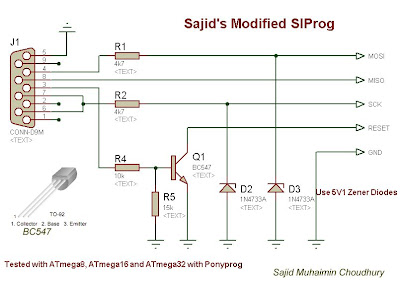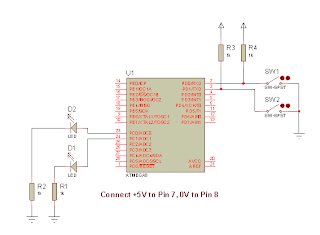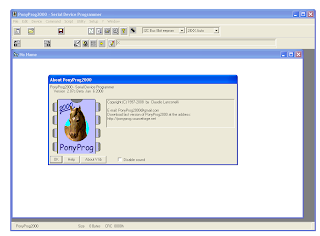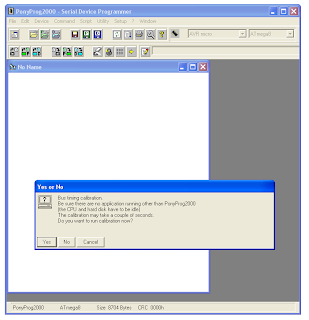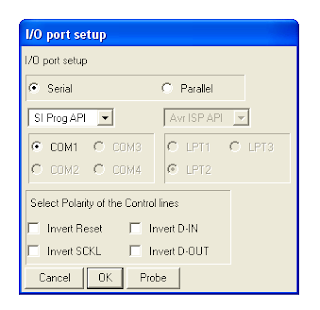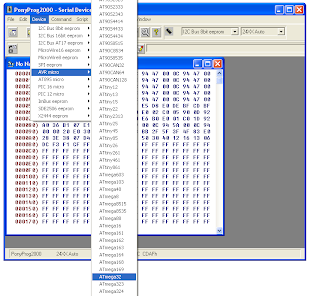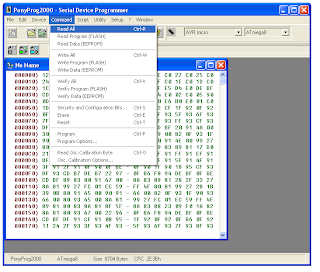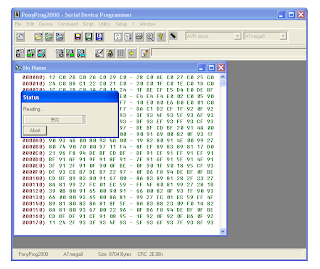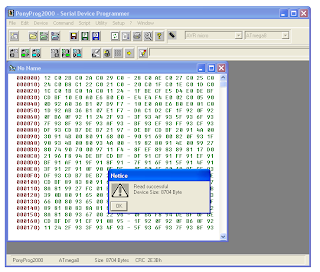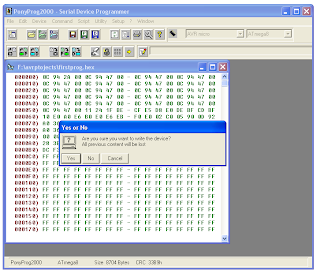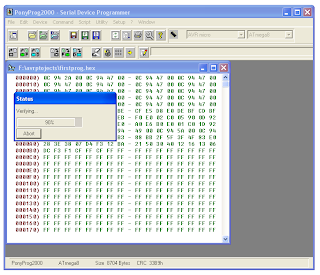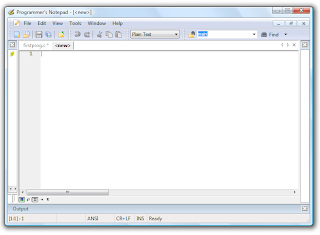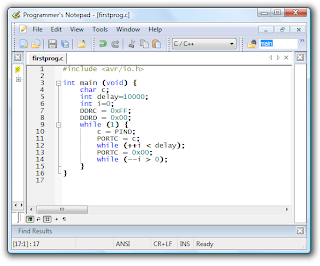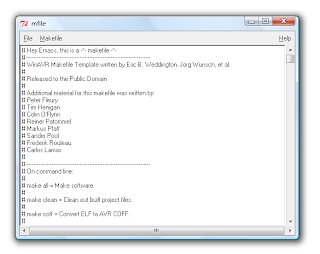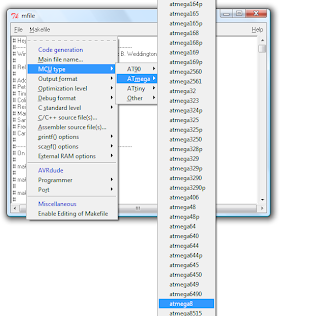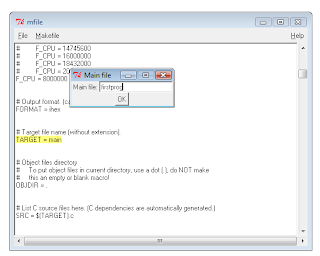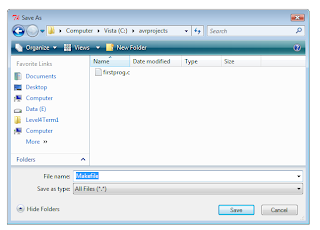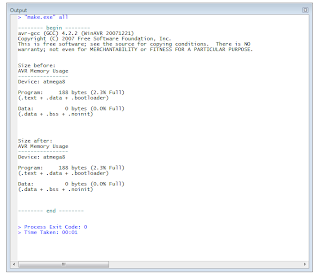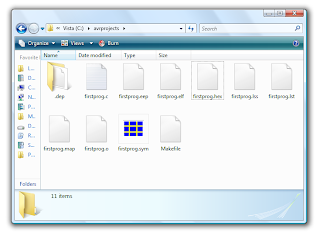THE Institute of Electrical and Electronic Engineers (IEEE) is the formal association of all Electrical, Electronic Engineers around the world. It is the largest professional organization of the world comprising of 370,000 members and 80,000 student member. The IEEE is divided into 10 regions around the world. The region 10 consists of all the countries of Asia Pacific. The region 10 holds a regional student congress in every two years. This year, the congress was held in Chennai, India. As the Chair of IEEE BUET Student Branch, I had the opportunity to attend the congress.
According to the IEEE Bangladesh Section, six of us were selected to attend the Region 10 Student Gold and WIE (Women in Engineering) Congress. They were Imtiaz Bhai, Lecturer of Department of EEE, BUET as the Chair of IEEE Gold Affinity Group of Bangladesh, Jahangir Sir, Assistant Professor of Ahsanullah UST and Student Activity Chair of IEEE Bangladesh Section, Jahangir Sir's wife and the WIE Chair Ismat Zerin , Lecturer of Daffodil University, the Vice Chair of BUET Student Branch Anika, the Chair of AUST Student Branch Rizvi Bhai, and I.
The congress unofficially began on 27th January, as most of the student delegates as well as the respected senior delegates had already arrived. Besides Bangladesh and the host country India, student delegates from Japan, Korea, China, Pakistan, Thailand, Macau, Malaysia, as well as from Australia and New Zealand came to the congress.
The theme of this R10 Student Congress was “IEEE for Youth Leveraging Social Networking for Professional Development”. It was an accurate commemoration of mankind's technical achievements and of IEEE's diverse network of young people. The congress had a common day, 28th January, with the GOLD/WIE congress being held during the same time.
28th January, we went to the Auditorium and registered for the even officially The day's program continued with a leadership presentation, and speeches by the President of IEEE, President Elect 2008 of IEEE John Vig, The Director of R10 Janina and Prof. Mini S. Thomas of IEEE Delhi Section.
In the Afternoon there was an Indian Cultural Program performed exclusively by the IEEE Student volunteers of Madras section with a variety of cultural items & folk dances, was greatly appreciated by all dignitaries and delegates.
The cultural activity was followed by the Student activities award ceremony which conferred awards to the winners of the various contests and new initiatives of the R10 SAC. Prof. Mini S. Thomas particularly mentioned about the BUET Student Branch which received the IEEE Enterprise Award 2006 competing with universities from all over the world.
On 29th January, we all gathered inside the auditorium with excitement and enthusiasm to enjoy the next day. The morning session started with a presentation by Cognizant Technologies, the principal sponsor for the student congress. The presentation was not one of the best events of the student congress, and many of us were nearly asleep when it ended. Then Prijoe Philips, the GOLD mentor for SAC of Region 10 got on to the stage.
The team building activities tested the creativity of the entire team and our ability to excel as a unit. It was amazing to see the way teams gave shape to their ideas. Each team were given 10 pieces of news papers, and asked to build a 'Taj Mahal' with them in 15 minutes. We divided the work in 10 segments and then built the segments and reunited them. Surprisingly each and every team could complete their Taj Mahals.
In the mean time, for the vibrant student branches of R10 Exhibition, the stalls of various student branches, about 19 in all, were set up for exhibition and evaluations. For our branch, I printed and laminated some pictures. Other branches made posters, banners, list of activities, and distributed annual magazines and pamphlets. The enthusiastically put up stalls proved to be tough to judge the winner, and it was only after a lot of discussion that the judges (Lewis Terman, President IEEE, John Vig, President Elect IEEE, and Roberto Marca, R9 Director) could decide the best four student-branches, BUET Bangladesh, NIT, Warangal, RASET, Kerala, and IGIT, Delhi.
In the group discussion session each of the groups was given a question to be discussed for 15 minutes. After that one of the team members had to go to the stage to highlight the main points. The suggestions were well appreciated by the dignitaries, Lew, John and Roberto.
After the exhibition and the group discussion it was time for the Multi Cultural show by the student delegates. There were lively songs and Kungfu from China, the Haka dance from New Zealand and the Kerala section presenting their entire culture in short pieces of dances and songs. Everyone just couldn't get enough of it! Unfortunately in an earlier incident Anika sprained her ankle, and we could not perform on stage.
The last day of the IEEE R10 Congress 2008 was packed with enriching presentations and nostalgic memories. The certificates were distributed among the delegates. The closing ceremony was followed by exchange of gifts amongst delegates as a token of remembrance and affection. The student congress gave the delegates a wonderful opportunity to interact with peers from all over Asia-Pacific.
Following the closing ceremony, a tour to Mahabalipuram a world heritage sight, built in the seventh century by the Kings of the Pallava dynasty was organized for the participants. The Mahabalipuram monuments are rock-cut and monolithic, constituted by cave temples, rathas (chariots), sculpted reliefs and structural temples with beautiful beaches, which caught all of us spell bound.
After the congress, we had to take the same tiring 28 hours journey to Kolkata, stayed overnight there, and took the bus from Salt Lake, Kolkata to Dhaka. The bus journey took 16 hours, with a 2 hours stand still at Aricha Ferry Ghat. The worst part was, I had to attend class from 8:00 AM the next day.
The congress is over now. But I actually made a lot of new friends there, now we keep in contact through facebook and email. There is George from New Zealand, Dipankar and Ankita from Delhi, Zeeshan from Bangalore and many many more. I wish we could organize such an international student congress in Bangladesh so that we could also share the technical as well as the non technical knowledge from engineering students of different countries of the world.
published in the Star Campus:
http://www.thedailystar.net/campus/2008/04/03/feature_IEEE.htm
Chair, IEEE BUET Student Branch
& UG Student, Department of EEE, BUET
THE Institute of Electrical and Electronic Engineers (IEEE) is the formal association of all Electrical, Electronic Engineers around the world. It is the largest professional organization of the world comprising of 370,000 members and 80,000 student member. The IEEE is divided into 10 regions around the world. The region 10 consists of all the countries of Asia Pacific. The region 10 holds a regional student congress in every two years. This year, the congress was held in Chennai, India. As the Chair of IEEE BUET Student Branch, I had the opportunity to attend the congress.
According to the IEEE Bangladesh Section, six of us were selected to attend the Region 10 Student Gold and WIE (Women in Engineering) Congress. They were Imtiaz Bhai, Lecturer of Department of EEE, BUET as the Chair of IEEE Gold Affinity Group of Bangladesh, Jahangir Sir, Assistant Professor of Ahsanullah UST and Student Activity Chair of IEEE Bangladesh Section, Jahangir Sir's wife and the WIE Chair Ismat Zerin , Lecturer of Daffodil University, the Vice Chair of BUET Student Branch Anika, the Chair of AUST Student Branch Rizvi Bhai, and I.
The congress unofficially began on 27th January, as most of the student delegates as well as the respected senior delegates had already arrived. Besides Bangladesh and the host country India, student delegates from Japan, Korea, China, Pakistan, Thailand, Macau, Malaysia, as well as from Australia and New Zealand came to the congress.
The theme of this R10 Student Congress was “IEEE for Youth Leveraging Social Networking for Professional Development”. It was an accurate commemoration of mankind's technical achievements and of IEEE's diverse network of young people. The congress had a common day, 28th January, with the GOLD/WIE congress being held during the same time.
28th January, we went to the Auditorium and registered for the even officially The day's program continued with a leadership presentation, and speeches by the President of IEEE, President Elect 2008 of IEEE John Vig, The Director of R10 Janina and Prof. Mini S. Thomas of IEEE Delhi Section.
In the Afternoon there was an Indian Cultural Program performed exclusively by the IEEE Student volunteers of Madras section with a variety of cultural items & folk dances, was greatly appreciated by all dignitaries and delegates.
The cultural activity was followed by the Student activities award ceremony which conferred awards to the winners of the various contests and new initiatives of the R10 SAC. Prof. Mini S. Thomas particularly mentioned about the BUET Student Branch which received the IEEE Enterprise Award 2006 competing with universities from all over the world.
On 29th January, we all gathered inside the auditorium with excitement and enthusiasm to enjoy the next day. The morning session started with a presentation by Cognizant Technologies, the principal sponsor for the student congress. The presentation was not one of the best events of the student congress, and many of us were nearly asleep when it ended. Then Prijoe Philips, the GOLD mentor for SAC of Region 10 got on to the stage.
The team building activities tested the creativity of the entire team and our ability to excel as a unit. It was amazing to see the way teams gave shape to their ideas. Each team were given 10 pieces of news papers, and asked to build a 'Taj Mahal' with them in 15 minutes. We divided the work in 10 segments and then built the segments and reunited them. Surprisingly each and every team could complete their Taj Mahals.
In the mean time, for the vibrant student branches of R10 Exhibition, the stalls of various student branches, about 19 in all, were set up for exhibition and evaluations. For our branch, I printed and laminated some pictures. Other branches made posters, banners, list of activities, and distributed annual magazines and pamphlets. The enthusiastically put up stalls proved to be tough to judge the winner, and it was only after a lot of discussion that the judges (Lewis Terman, President IEEE, John Vig, President Elect IEEE, and Roberto Marca, R9 Director) could decide the best four student-branches, BUET Bangladesh, NIT, Warangal, RASET, Kerala, and IGIT, Delhi.
In the group discussion session each of the groups was given a question to be discussed for 15 minutes. After that one of the team members had to go to the stage to highlight the main points. The suggestions were well appreciated by the dignitaries, Lew, John and Roberto.
After the exhibition and the group discussion it was time for the Multi Cultural show by the student delegates. There were lively songs and Kungfu from China, the Haka dance from New Zealand and the Kerala section presenting their entire culture in short pieces of dances and songs. Everyone just couldn't get enough of it! Unfortunately in an earlier incident Anika sprained her ankle, and we could not perform on stage.
The last day of the IEEE R10 Congress 2008 was packed with enriching presentations and nostalgic memories. The certificates were distributed among the delegates. The closing ceremony was followed by exchange of gifts amongst delegates as a token of remembrance and affection. The student congress gave the delegates a wonderful opportunity to interact with peers from all over Asia-Pacific.
Following the closing ceremony, a tour to Mahabalipuram a world heritage sight, built in the seventh century by the Kings of the Pallava dynasty was organized for the participants. The Mahabalipuram monuments are rock-cut and monolithic, constituted by cave temples, rathas (chariots), sculpted reliefs and structural temples with beautiful beaches, which caught all of us spell bound.
After the congress, we had to take the same tiring 28 hours journey to Kolkata, stayed overnight there, and took the bus from Salt Lake, Kolkata to Dhaka. The bus journey took 16 hours, with a 2 hours stand still at Aricha Ferry Ghat. The worst part was, I had to attend class from 8:00 AM the next day.
The congress is over now. But I actually made a lot of new friends there, now we keep in contact through facebook and email. There is George from New Zealand, Dipankar and Ankita from Delhi, Zeeshan from Bangalore and many many more. I wish we could organize such an international student congress in Bangladesh so that we could also share the technical as well as the non technical knowledge from engineering students of different countries of the world.
published in the Star Campus:
http://www.thedailystar.net/campus/2008/04/03/feature_IEEE.htm
Chair, IEEE BUET Student Branch
& UG Student, Department of EEE, BUET



